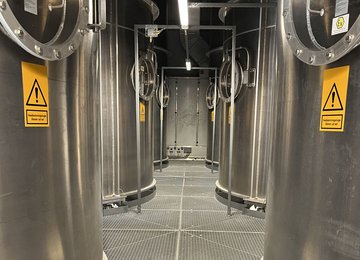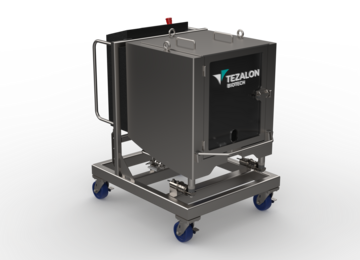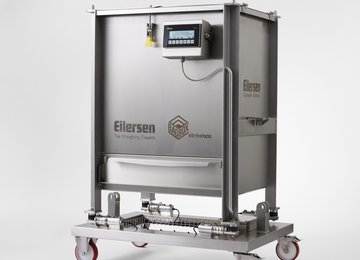As businesses and technology increases so do our abilities to measure and weigh things. The faster and more accurately we can measure something usually translates to the bottom line and increases our profitability.
The first load cells appeared in industrial scales to help take measurements of all different masses more safely, accurately and quickly. While primarily these were strain gauge load cells, other variations were used and a whole host of digital contraptions and setups spread across the globe to help industry measure and process things more rapidly and more profitably.
The traditional load cell issue
A problem with these traditional load cells is in how they actually work and operate. Basically a force (the weight) is applied to the cell and it is strained - this strain can then be translated into a measurement of weight. It is the contact and strain nature of a load cell which while providing a solution also continually affects the device itself. Shocks, vibrations, time, environment and weights unsuitable for the load cell all contribute to its reducing lifespan as soon as a strain gage load cell is brought into operation.














